Tips for Proper Nutrition
Tips for Proper Nutrition

Don't Underestimate Race Fueling & Nutrition
Many athletes don't fully understand the importance and value of proper nutrition while training and racing. Even those who do "get it," don't always have the most effective plan in place (for them). However, those that have their nutrition plan 100% dialed in, perform significantly better and recover faster.
To be clear: I am specifically talking about what an athlete consumes immediately before, during and after a race or training session.
It doesn't need to be complicated. In fact, it should be as simple as possible so that it becomes thoughtless and easy to execute. Below I will provide 2 TIPS and a high level outline to help get you on track.
Nutrition: The 4th Discipline of Triathlon
Proper nutrition is a VERY important part of training and racing for endurance athletes (triathletes, runners, cyclists, adventure racers, obstacle racers, ect.) . Yes, athletes may be able get away with a poor nutrition plan, but they will NOT perform at their best without a solid plan. Further, the longer the race or training session, the exponentially more important it becomes.
When it comes to creating a proper nutrition plan (or improving your current one), many athletes become confused and give up or simply over complicate things. Below are 2 easy ways to get started on creating and refining a plan that will actually work for you.
1. Create a 1 Hour Plan
Your first task is to create a simple 1 hour plan that is easily repeatable. You will repeat your plan for every hour of training or racing.
Your 1 hour plan will generally be made up of 3 "buckets." The way each category is accounted for can vary based on a number of factors, but generally the 3 buckets (as well as recommended starting points for dosage) include:
- WATER : 1 bottle per hour (~24 oz)
- CALORIES : 275 men, 260 women
- ELECTROLYTES : dosage depends on product (~700mg sodium/liter)
- Includes: sodium, potassium, magnesium, calcium & other trace minerals (BASE ELECTROLYTE SALT)

The basic recommendations listed above are only starting points. Dosage will depend on the individual athlete (gender, sweat rate, size) & weather conditions. It may also vary based on the nutrition product(s) being used. The suggestions above may seem like a lot more than what you feel is necessary, but keep an open mind and give it a try.
Remember, you will NOT be able to replace ALL of the calories you're burning and ALL of the water you are losing, but the goal is to replace as much as your body can absorb and process while training or racing.
It's important to keep in mind, you want to spread out your intake over the entire hour. In other words, you want to avoid taking your full hourly dosage all at once.
TIP : Set your bike computer or watch to alert you every 15-20 minutes so you know when it's time to take nutrition.
There is no doubt the information above is high level. There are plenty of other variables that may need to be considered as you begin to fine tune your plan. Regardless, the basics above are a GREAT starting point.
2. Practice Makes Perfect
We have all heard the saying before and it holds true when it comes to nutrition too. Not only will you perform better in your training sessions when fueling, but practicing (& tweaking) will help you perfect your "formula" for when it really matters.
On race day, you should have a nutrition plan in place and you want it to be tried and true. At the same time, you'll want to feel confident in your ability to be flexible if necessary. By practicing your plan while training, you can make adjustments and dial it in. It's not easy to nail your dosage on your first try, but by making small tweaks along the way, you'll be able to get it right. Additionally, you'll learn what works and what doesn't in different weather conditions and intensity levels.

TIP : Keep a journal on what, when & how much you took. Make notes on how you felt & performed. Adjust accordingly.
It is important to keep in mind, your body will process fluids and calories differently when your heart rate is higher or lower.
So for example, if it's really hot on race day and you decide to push the same pace you would on a cooler day, your heart rate will increase and as a result, your body may have trouble processing what you consume. This is a common pitfall that leads to problems later in the race. It's important to be able to make adjustments when necessary. The more you practice in training and in different conditions the better you'll be able to adjust.
This is also one of the reasons why you'll want to consider using a different "mix" of nutrition/fuel for shorter and longer races.

Fast? Slow? Doesn't Matter!
We recently received the text message from an athlete we are coaching following one of his training runs. Drew is a 10 hr IRONMAN and he is currently preparing to do the virtual edition of the Boston Marathon in a couple of weeks. In other words... he’s FAST.
Fast or slow - the point is - you may do OK in spite of a good race / training nutrition, but if you get it right it’s a TOTAL GAME CHANGER! And don’t forget, your body and nutritional needs change over the years. So if you haven’t been feeling as good as you have in past years or you don’t exactly have a race nutrition plan, it may be time to shake things up a bit and try a different approach.
About the Author:
Chris Kaplanis is a professional triathlon coach and the co-founder of RTA Triathlon. He has been coaching triathletes full time for 10 years. Follow RTA on Instagram here.






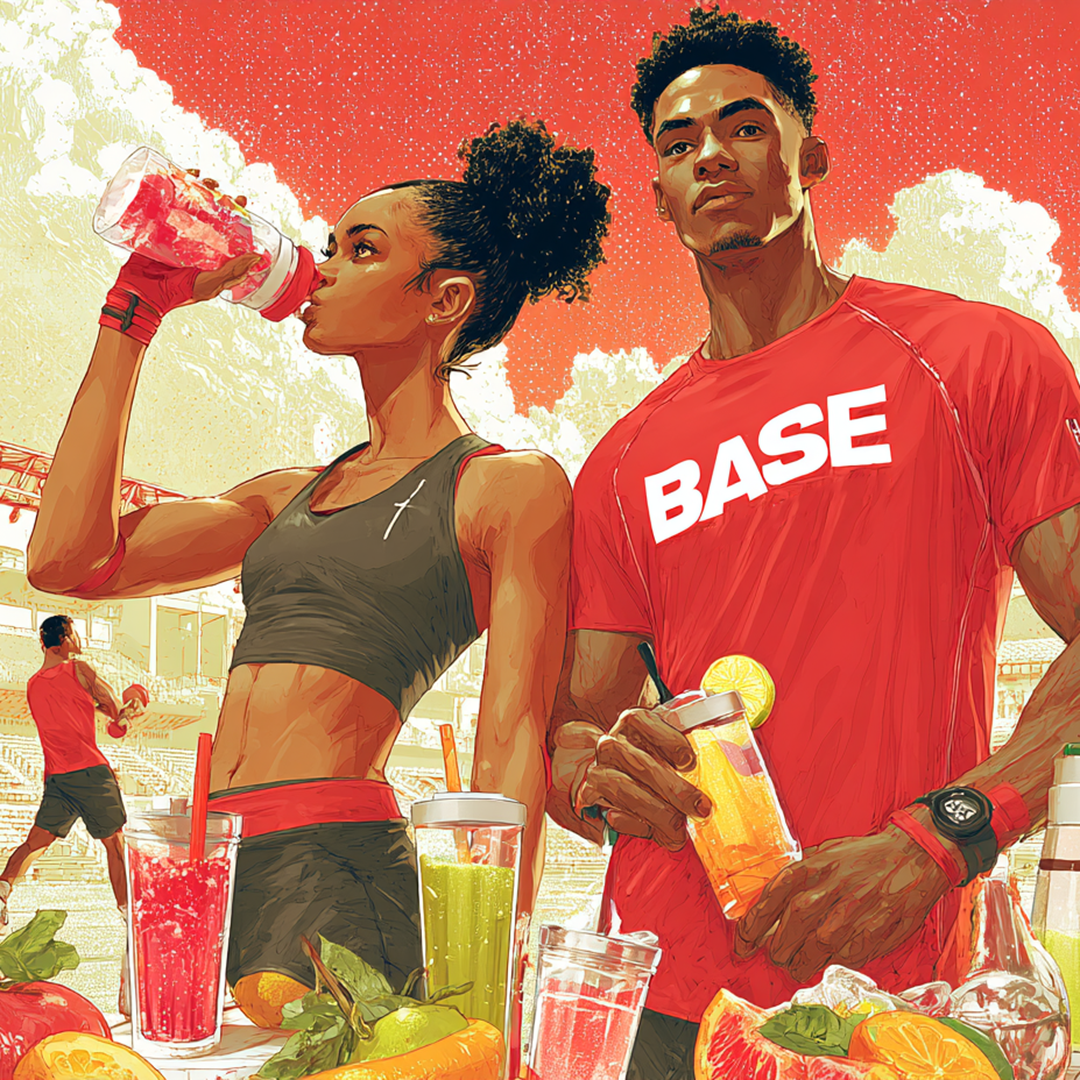
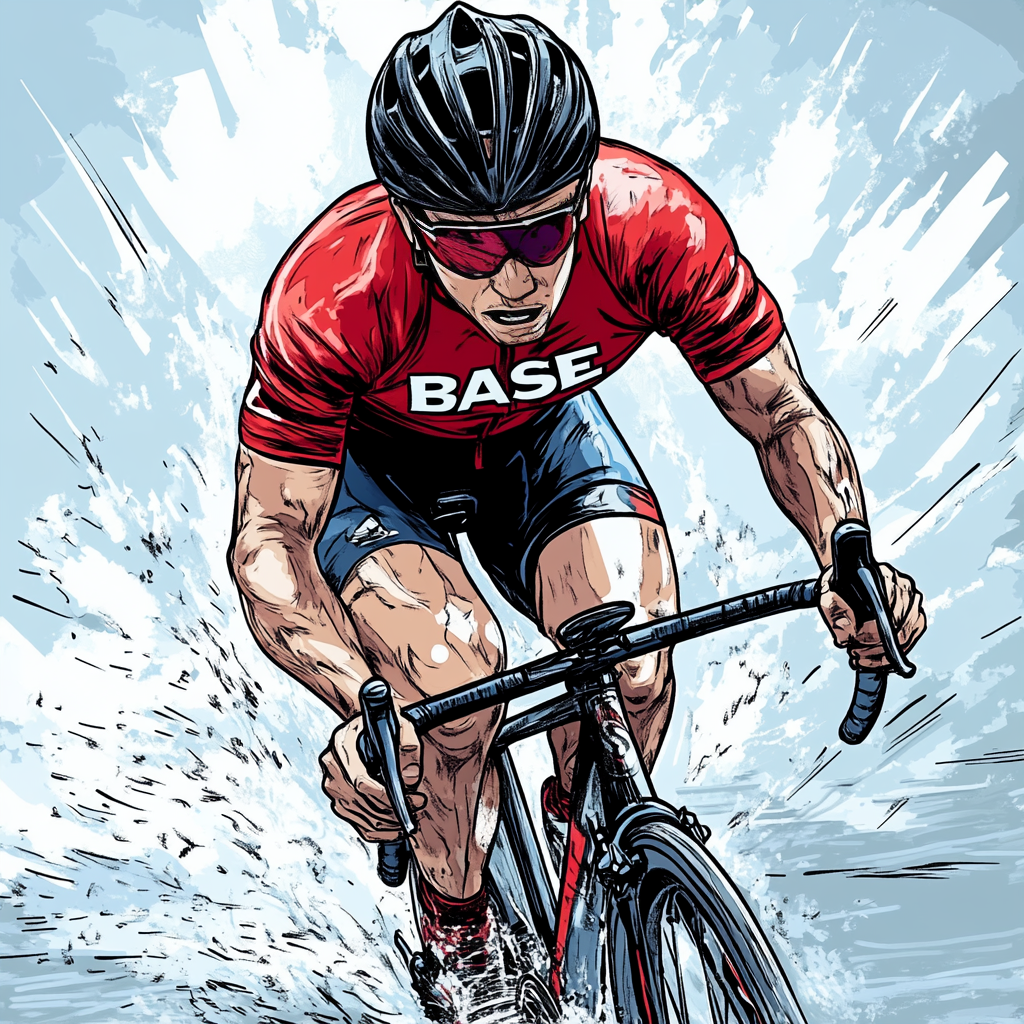

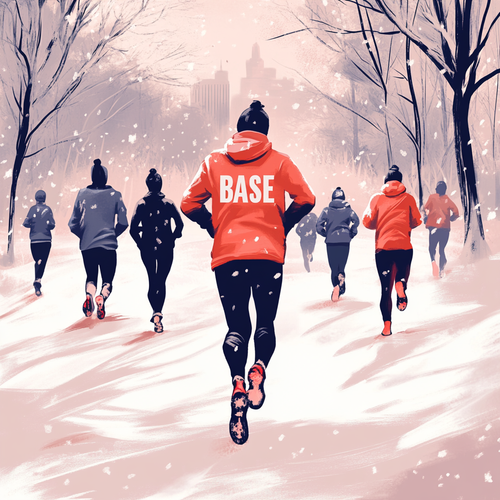

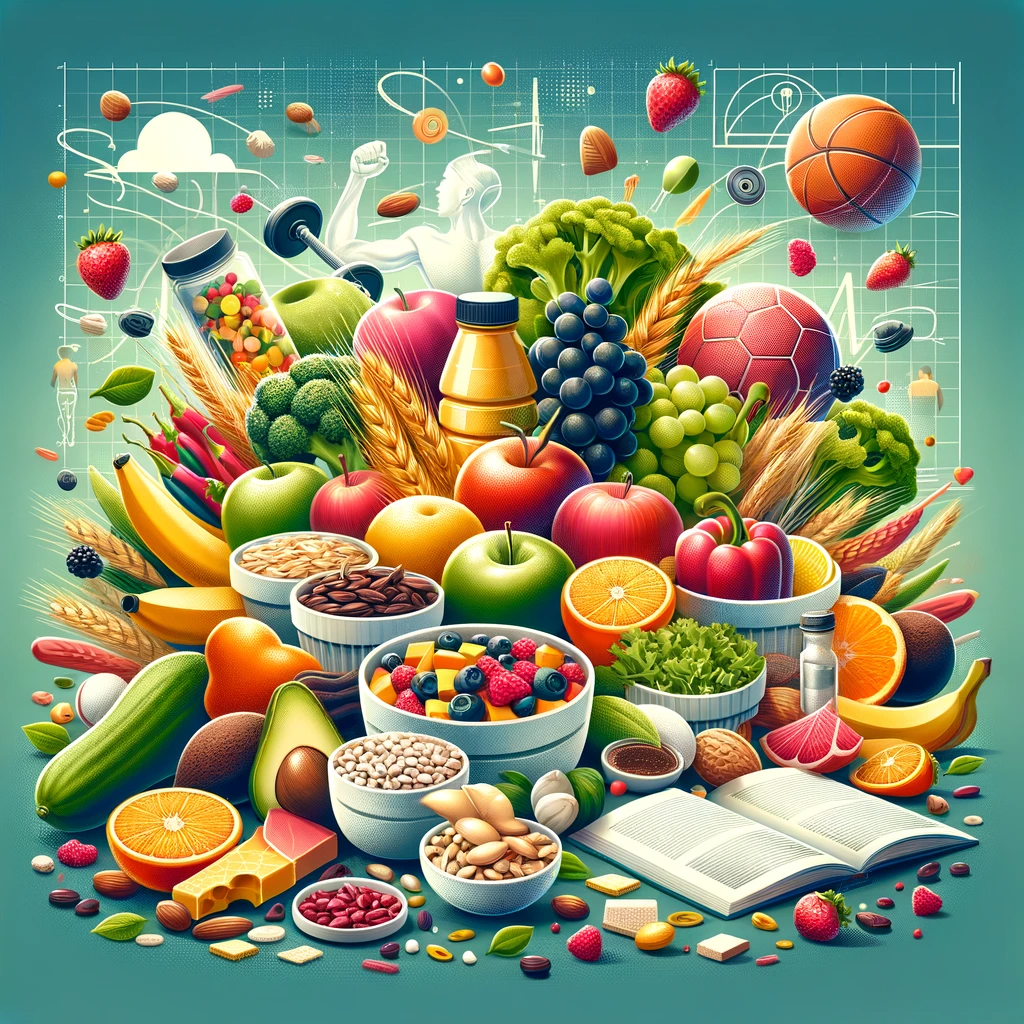
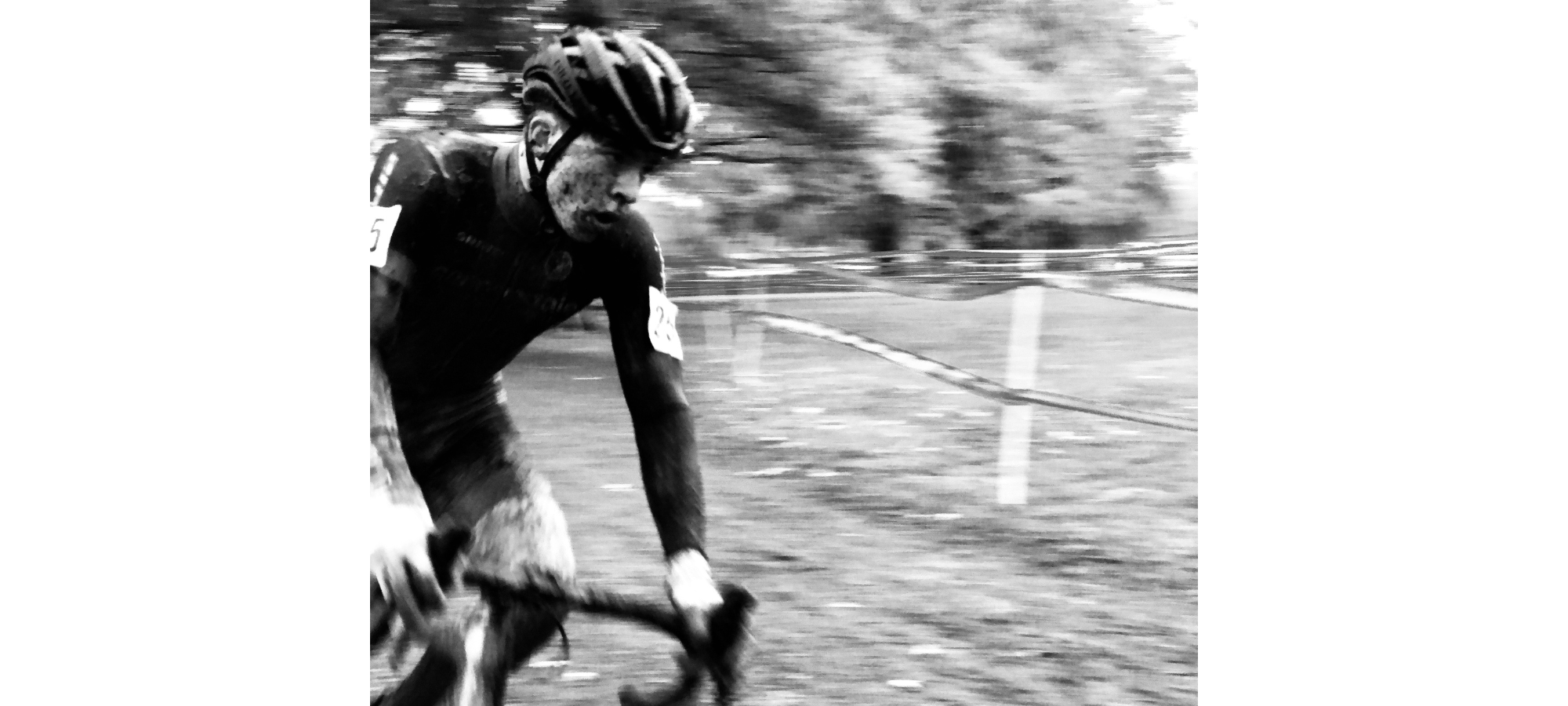
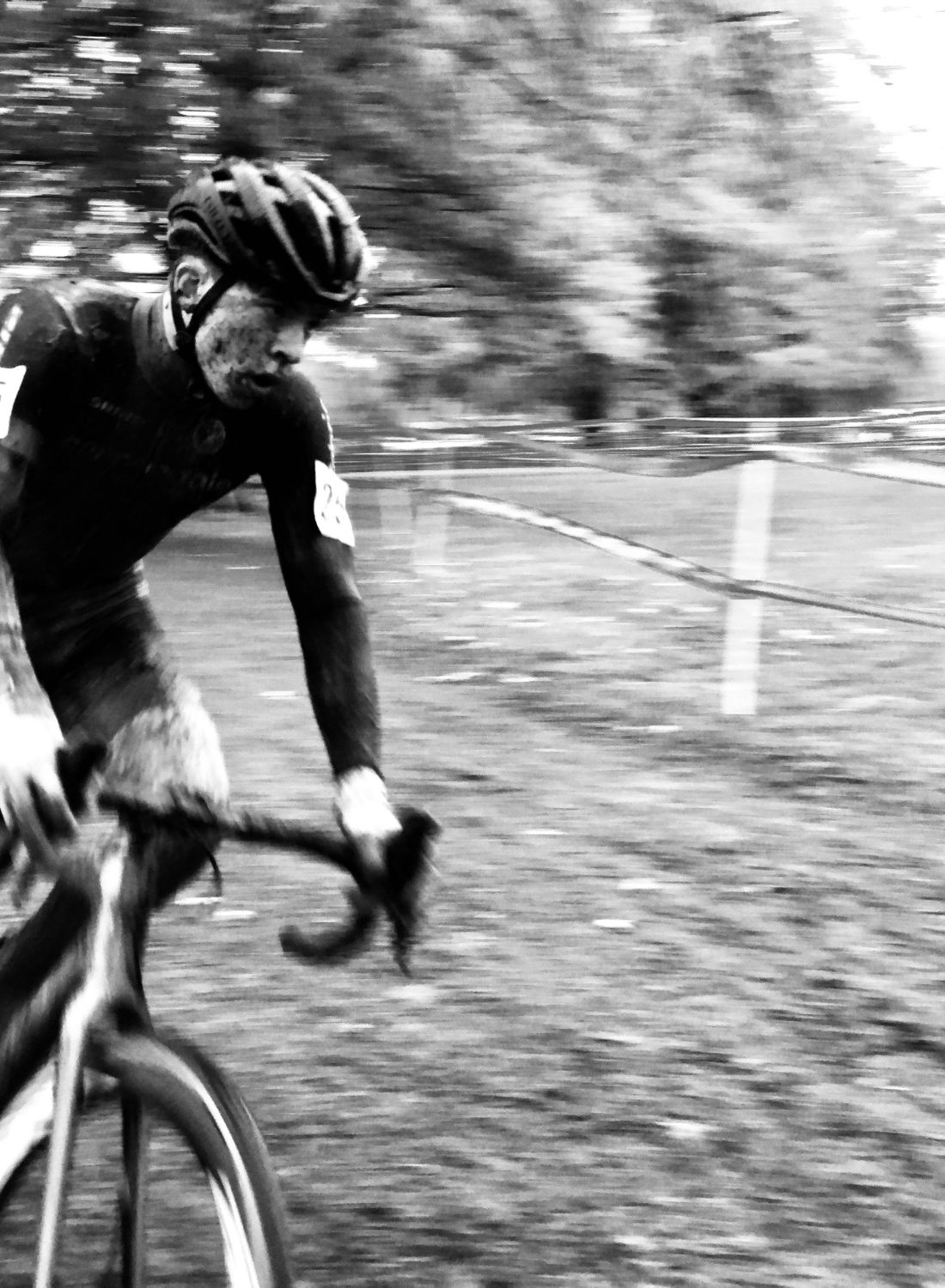











Leave a comment